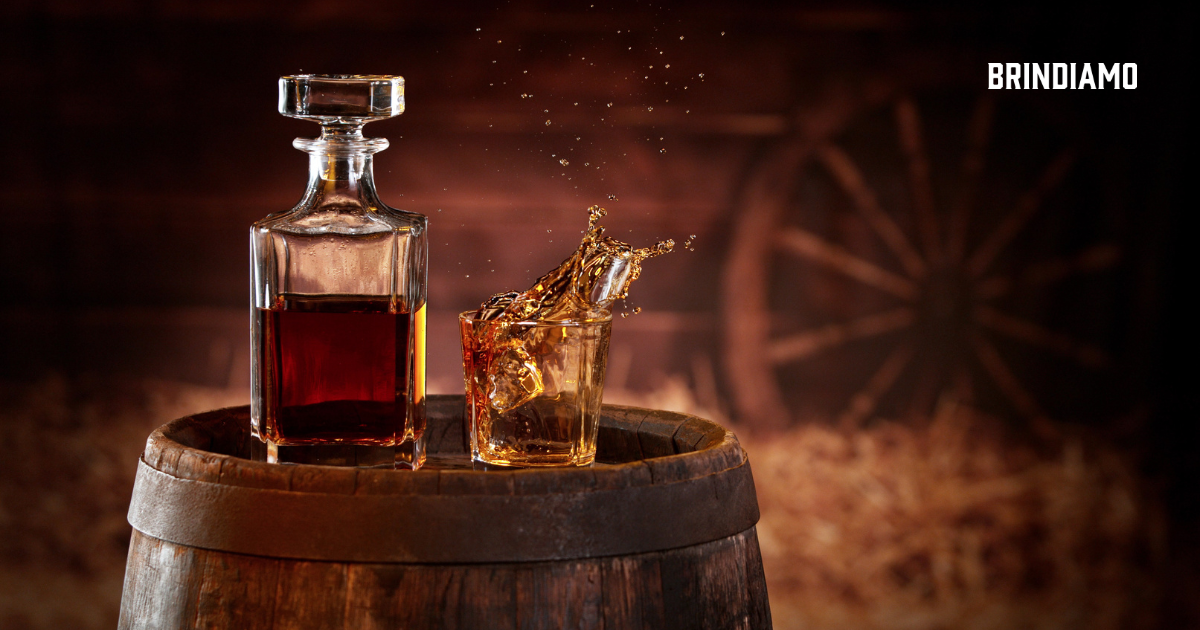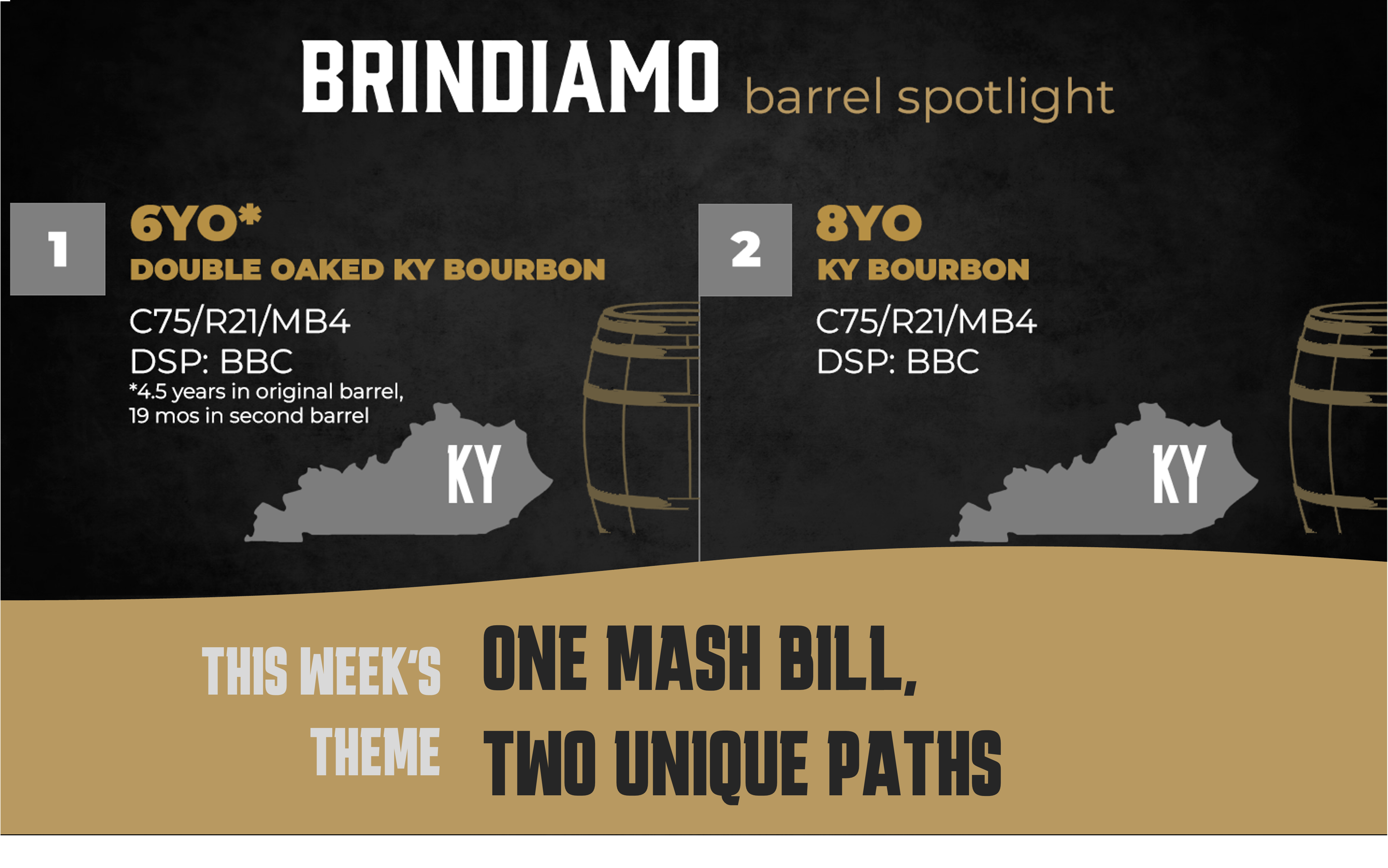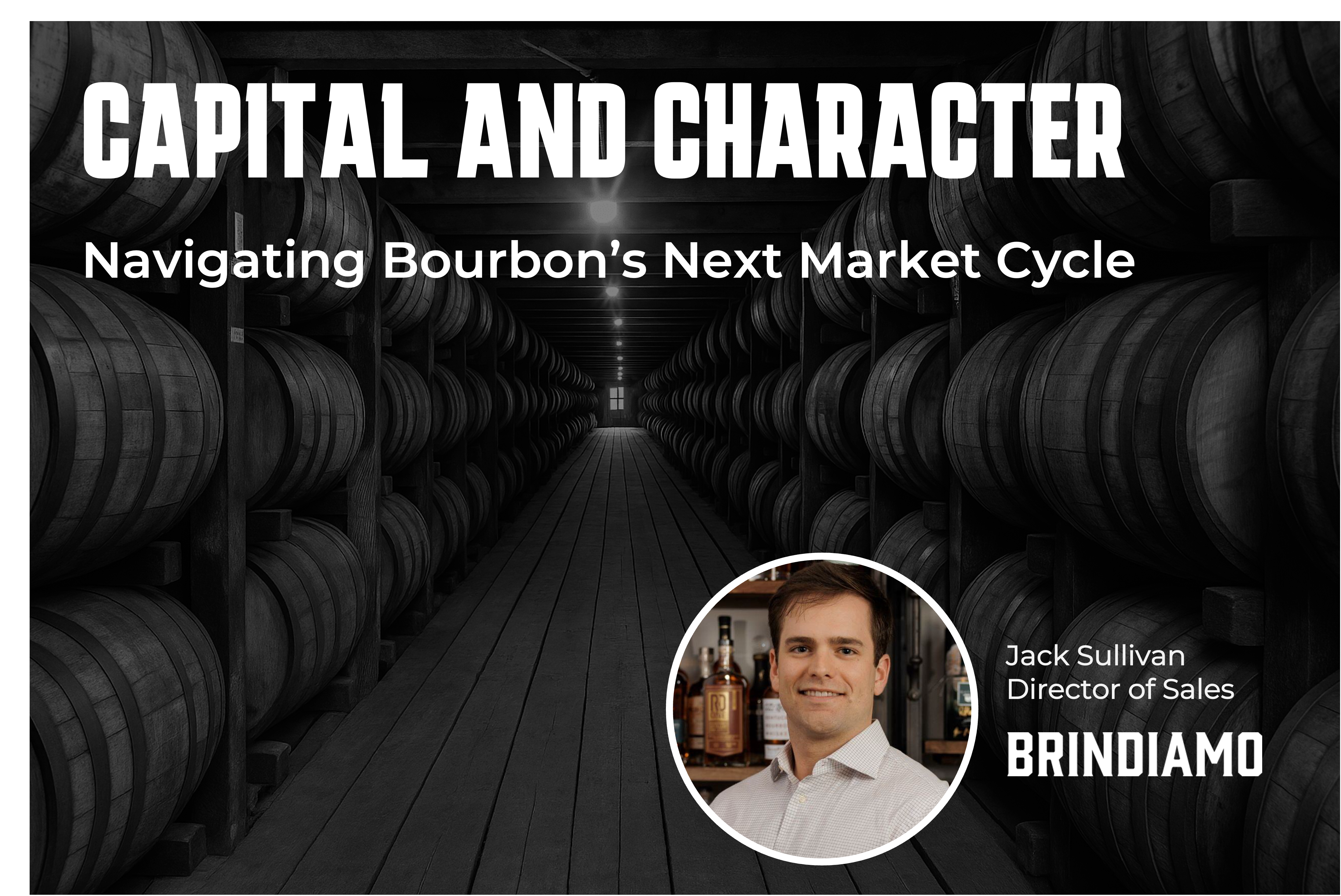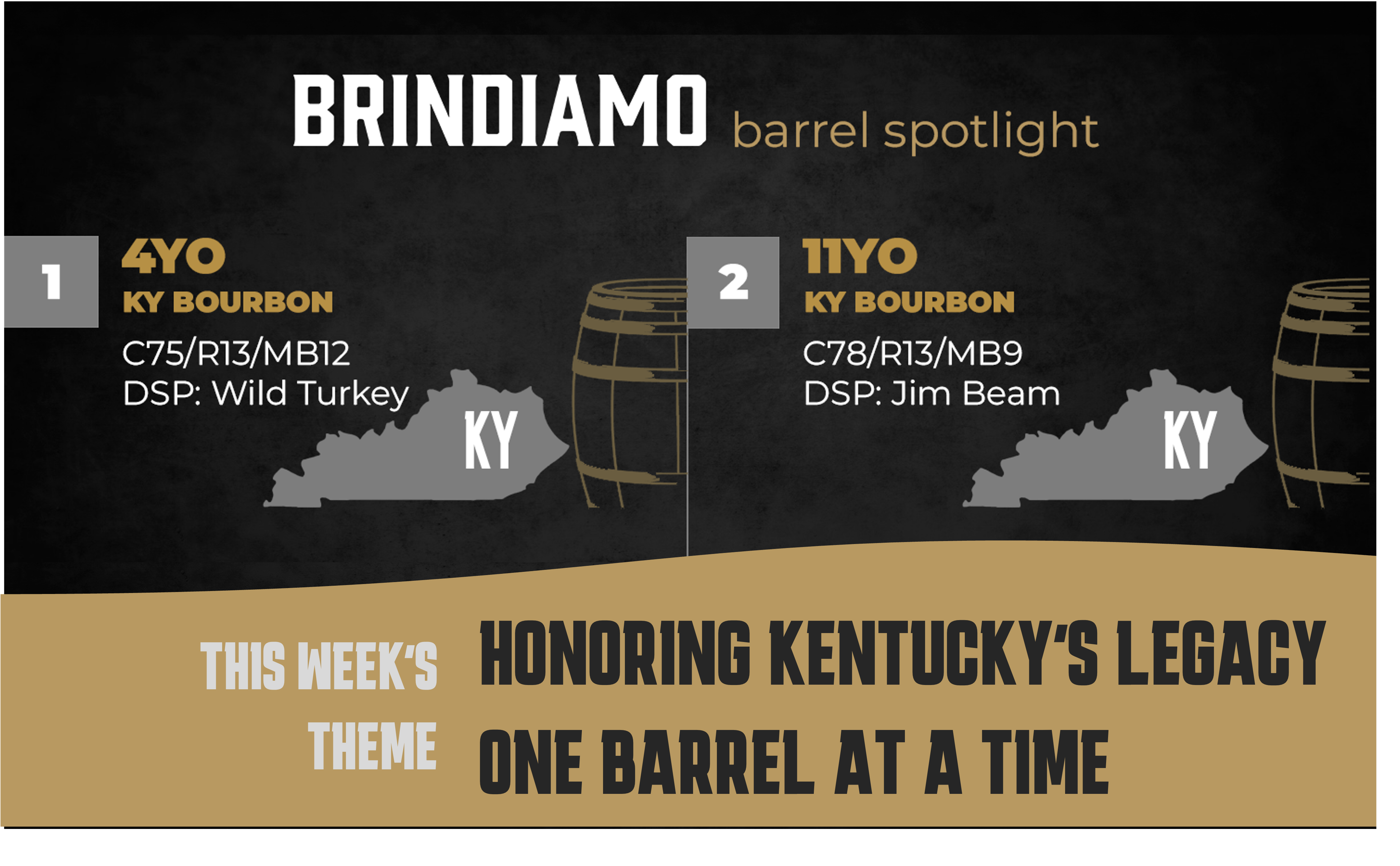Barrel Spotlight: One Mash Bill, Two Unique Paths
Welcome back to the Brindiamo Barrel Spotlight, our weekly email series highlighting the barrels, distilleries, and market dynamics shaping today’s...
5 min read
 Matt Breese
:
Mar 18, 2025 3:23:21 PM
Matt Breese
:
Mar 18, 2025 3:23:21 PM

Bourbon and other premium spirits have long been associated with craftsmanship, cultural heritage, and collector value. In recent years, some investors have explored whiskey as an alternative asset, drawn by historical appreciation in value and the tangible nature of cask and bottle investments. However, as with any investment, the premium spirits market is subject to cycles, economic shifts, and fluctuating demand.
While some periods have seen rapid growth in bourbon values, others have revealed the risks of speculative investing—particularly for those who bought in at inflated prices during the COVID-19 boom. This guide explores bourbon as a long-term asset, its comparison to other investment classes, and the market cycles that influence returns.
Rather than focusing on immediate gains, we’ll examine the broader picture:

This is not about timing the market—it’s about understanding it.
Unlike traditional financial assets, bourbon is a tangible investment. A barrel of whiskey matures over time, changing in character and value as it ages. While some investors focus on the potential for financial returns, others appreciate the cultural and collectible aspects of whiskey.

These elements help explain why bourbon has attracted attention as an investment—but they don’t guarantee profits.
Bourbon is often compared to other tangible investments, such as:
While bourbon offers potential for appreciation, its investment profile differs from these alternatives. It is an illiquid, specialized asset that requires careful strategy.
The table below summarizes the key investment characteristics of bourbon, scotch, and other premium spirits. This data is based on long-term market trends, reflecting historical performance and industry cycles. As with any investment, the spirits market experiences fluctuations, with periods of growth, correction, and stabilization. Understanding these cycles is crucial for making informed investment decisions.
| Aspect | Bourbon | Scotch & Aged Whiskeys | Other Spirits (Tequila, Rum, Gin) |
|---|---|---|---|
| Time Horizon | 2–4 years (rapid gains) | 10–20+ years (steady growth) | Varies; generally more volatile |
| ROI Potential | 10–16% annually (early years) | 4–10% annually, lower volatility | Highly variable |
| Liquidity | Relatively high exit options | Robust secondary markets | Can be less predictable |
| Supply Dynamics | Limited by new barrel rules | Scarcity increases with age | Often abundant, less scarcity |
| Aspect | Bourbon | Scotch & Aged Whiskeys | Other Spirits (Tequila, Rum, Gin) |
|---|---|---|---|
| Time Horizon | 2–4 years (rapid gains) | 10–20+ years (steady growth) | Varies; generally more volatile |
| ROI Potential | 10–16% annually (early years) | 4–10% annually, lower volatility | Highly variable |
| Liquidity | Relatively high exit options | Robust secondary markets | Can be less predictable |
| Supply Dynamics | Limited by new barrel rules | Scarcity increases with age | Often abundant, less scarcity |
| Aspect | Bourbon | Scotch & Aged Whiskeys | Other Spirits (Tequila, Rum, Gin) |
|---|---|---|---|
| Time Horizon | 2–4 years (rapid gains) | 10–20+ years (steady growth) | Varies; generally more volatile |
| ROI Potential | 10–16% annually (early years) | 4–10% annually, lower volatility | Highly variable |
| Liquidity | Relatively high exit options | Robust secondary markets | Can be less predictable |
| Supply Dynamics | Limited by new barrel rules | Scarcity increases with age | Often abundant, less scarcity |
One of the biggest misconceptions about bourbon investing is the expectation of quick, guaranteed returns. Historically, the spirits industry has seen slow, steady appreciation punctuated by cycles of boom and correction.

These patterns show that while bourbon investments can be lucrative, they are not immune to market cycles and external economic pressures. Investors should have a long-term mindset rather than chasing short-term speculation.
Like real estate, stocks, and other alternative assets, bourbon and whiskey investments follow market cycles:
Understanding these cycles helps investors avoid buying at inflated prices and recognize when opportunities arise. Timing the market is difficult, but patient investors who focus on long-term fundamentals rather than hype tend to see better outcomes.
For those considering bourbon casks or bottles as an investment, key factors include:
Bourbon investments can be rewarding for those who understand the long-term nature of the market and approach it strategically. However, like any alternative investment, it comes with risks.
Disclaimer: This content is for informational purposes only and does not constitute financial advice. Bourbon and spirits investments carry inherent risks, and past performance does not guarantee future returns. Investors should conduct independent research and consult financial professionals before making any investment decisions.
Stay tuned to Brindiamo’s blog for more insights into the spirits industry, market trends, and strategic investment approaches. Whether you’re a brand looking to source whiskey or an investor exploring the market, Brindiamo is your trusted partner.

Welcome back to the Brindiamo Barrel Spotlight, our weekly email series highlighting the barrels, distilleries, and market dynamics shaping today’s...

The market for bourbon barrels is bifurcated. Over the course of the last 24 months, the conversation has shifted from how to find whiskey to how to...

Welcome to the Brindiamo Barrel Spotlight, our weekly series celebrating the barrels, distilleries, and market dynamics shaping today’s whiskey...
.png)
Bourbon has seen a surge in popularity over the past decade, making it more accessible than ever before. But what exactly is bourbon? How can you...

The origins of Bourbon Whiskey may be a topic of debate, but one thing is clear - to be classified as Bourbon, the bulk spirit must be distilled in a...
Join the conversation
Leave a comment below.